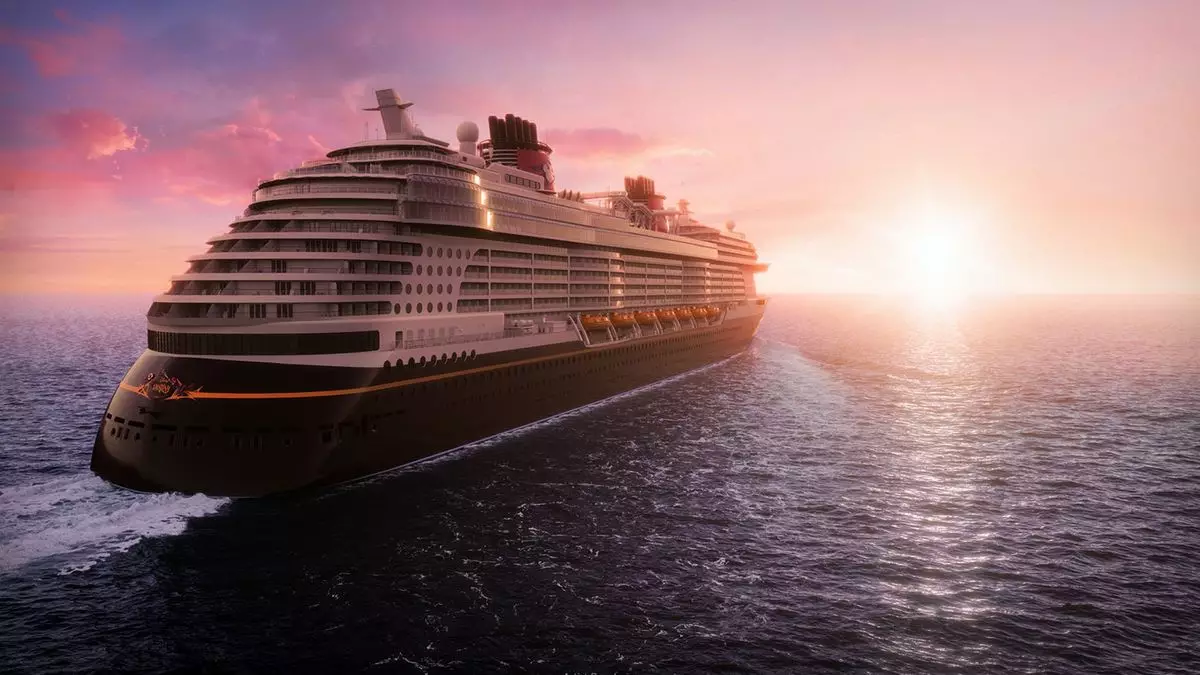The cruise industry has witnessed a significant surge in ship orders this year, indicating a strong rebound from the pandemic. With the return to normalcy, cruise lines are capitalizing on the increased demand for cruises by expanding their fleets. This trend is reflected in the 14 ships collectively ordered by contemporary and family-oriented cruise lines since January. The competitive nature of the industry is evident, with cruise lines racing to introduce new, larger ships in response to their rivals’ actions.
Embracing Gigantism
A noteworthy aspect of this year’s ship orders is the emphasis on size. Cruise lines are increasingly opting for larger vessels, with Carnival Corp. and Norwegian Cruise Line Holdings leading the charge. Carnival Corp. ordered massive 230,000-gross-ton ships for its Carnival Cruise Line and 180,000-gross-ton ships for the Excel class. Norwegian Cruise Line Holdings is following suit by ordering 200,000-gross-ton vessels to complement its existing Prima-class ships. Despite the success of large ships like the Icon of the Seas, cruise lines are betting on gigantism to attract more passengers and enhance the onboard experience.
The surge in ship orders has created challenges for shipyards, as orders now extend into the mid-2030s. This forward-thinking approach by cruise lines not only secures their future capacity needs but also restricts the availability of shipyard space for competing lines. The extended lead times for ship orders indicate a long-term commitment by cruise lines to modernize their fleets and meet evolving consumer preferences. Additionally, replacing older ships with newer, more efficient vessels aligns with environmental regulations and sustainability initiatives.
Disney Cruise Line recently announced a significant order for four new ships, signaling its ambitious growth plans. This move is particularly significant for Disney, as it nearly triples its fleet size by 2031. The acquisition of an unfinished 208,000-gross-ton ship further underscores Disney’s commitment to expanding its cruise offerings. By investing in new ships, Disney aims to tap into untapped markets and cater to the evolving needs of modern cruisers. The expansion is not only a strategic business move but also demonstrates Disney’s dedication to enhancing the overall guest experience.
The cruise industry’s focus on building new, innovative ships reflects a strategic response to changing market dynamics. As consumer preferences evolve and environmental regulations become stricter, cruise lines must adapt to stay competitive. By investing in modern, environmentally friendly vessels, cruise lines can future-proof their fleets and attract a new generation of cruisers. The emphasis on onboard amenities and experiences highlights a shift towards making the ship itself the destination, rather than relying solely on port visits.
The cruise industry’s current shopping spree for new ships signals a promising future characterized by innovation, sustainability, and growth. By embracing gigantism, leveraging shipyard capacity efficiently, and adapting to changing market dynamics, cruise lines are positioning themselves for long-term success in a rapidly evolving industry. As consumer expectations continue to evolve, the cruise industry’s strategic investments in new ships underscore a commitment to meeting and exceeding passenger demands.

